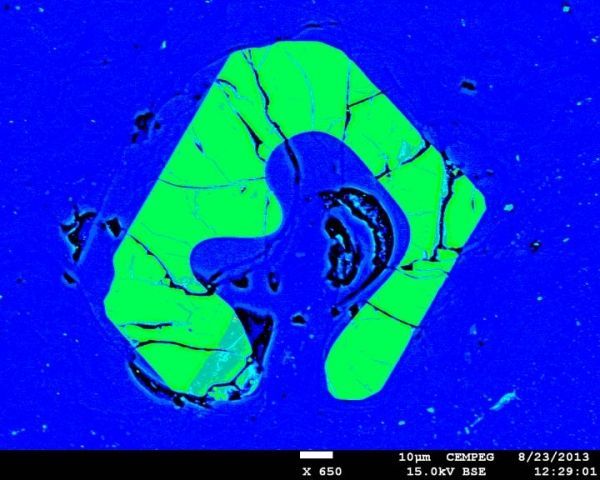Around 56 million years ago, global temperatures spiked. Researchers at Uppsala University and in the UK now show that a major explosive eruption from the Red Hills on the Isle of Skye may have been a contributing factor to the massive climate disturbance. Their findings have been published in the journal Scientific Reports.
Large explosive volcanic eruptions can have lasting effects on climate and have been held responsible for severe climate effects in Earth’s history. One such event occurred around 56 million years ago when global temperatures increased by 5–8 °C. This event has been named the Paleocene-Eocene Thermal Maximum (PETM). The warm period was associated with volcanic activity in the North Atlantic region, especially in Greenland, the British Isles and the present day North Sea region. However, until now, no large-scale explosive eruptions had been confirmed in current-day Scotland.
A team of researchers at Uppsala University, Sweden, the Universities of Durham and St Andrews in the UK, and the Scottish Environmental Research Centre in Glasgow, now seem to have found a missing piece of the puzzle. By studying volcanic rocks called pitchstones from islands more than 30 kilometres apart in the Inner Hebrides off the west coast of Scotland, the researchers have found plausible evidence of a major eruption from what is today the Isle of Skye.
Read more at Uppsala University
Image: This is a false color electron-microscope image of a resorbed apatite crystal (green) in pitchstone glass (blue). The composition of the pitchstone glass and the characteristic mineral textures are identical in the studied pitchstone sites of the Sgùrr of Eigg and Òigh-sgeir, although over 30km apart, indicating a common origin, and thus a large and geographically widespread volcanic eruption. (Credit: Valentin Troll)


